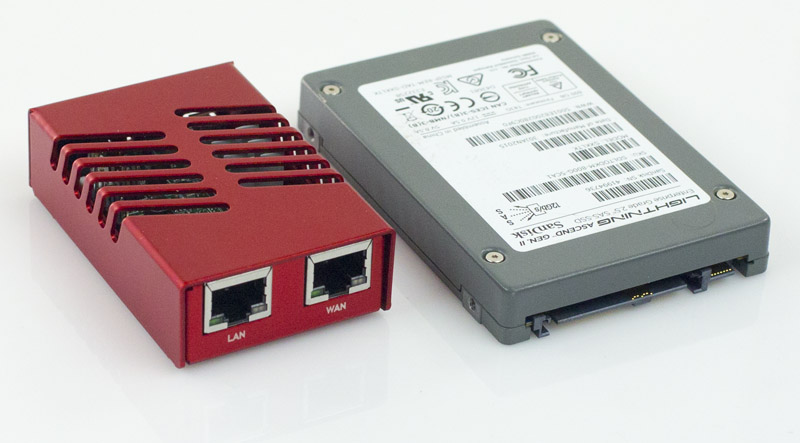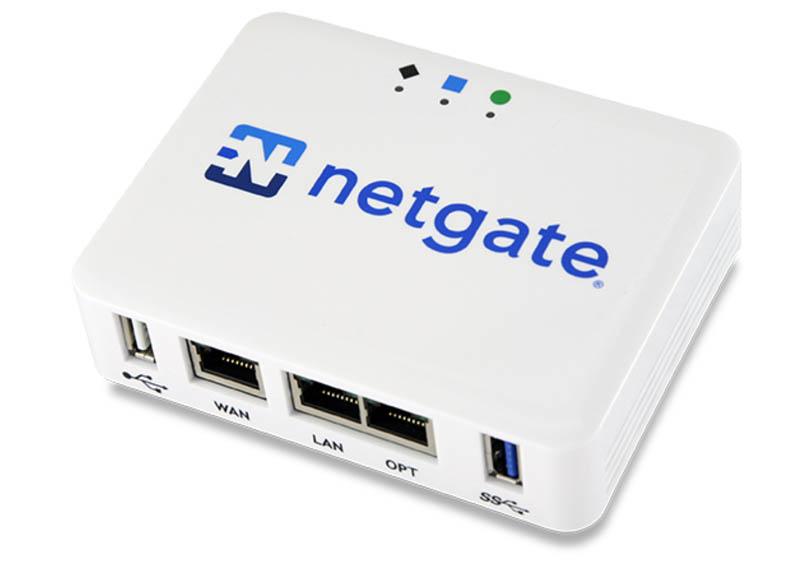most of those hardware manufacturers/assemblers at least provide official Linux
Of course.
Guess why.
I'm with you as you already pointed out, the ones from the FreeBSD community want such a board would support it.
But as jbo pointed out, being realistic doesn't mean bringing things down,
same as pure enthusiastic hyped hopes alone will not result in a success either.
One needs to be reasonable.
And the crucial core point here is simply numbers.
How large do you think the Linux community is tinkering with such boards?
5M? 10M? Even more? (I don't know - I'm just blindely guessing.)
And how large you estimate the numbers of FreeBSD users would tinker with such?
5k?... I don't know. Could be completely wrong.
But this is something you might get knowing pretty sure before you spent any real effort in it.
And unless you're really sure you will sell at least a 1/4M (need 1/2M buying undertakes at least) you don't need to start a real project on this.
What you may could do is to develop a board yourself - just for your own purposes, at first.
It'll cost you maybe 300...500 $ - and
many hours of work.
But at least then you've already done development, tested and proved it.
And from that you'll have a complete other start.
Don't need no crowfunding anymore - keep the profit for yourself.
Even may sale small lot charges.
I checked Mouser, they don't have a single RISC-V CPU or MCU in their assortment
Maybe not on stock.
We still suffer from "chips-shortage".
Last time I checked (couple of weeks ago) also Raspberries still are not really full available again yet.
Those have no high priority.
x64 CPUs first, then GPU,...also automobile market had a large lack of electronics...






